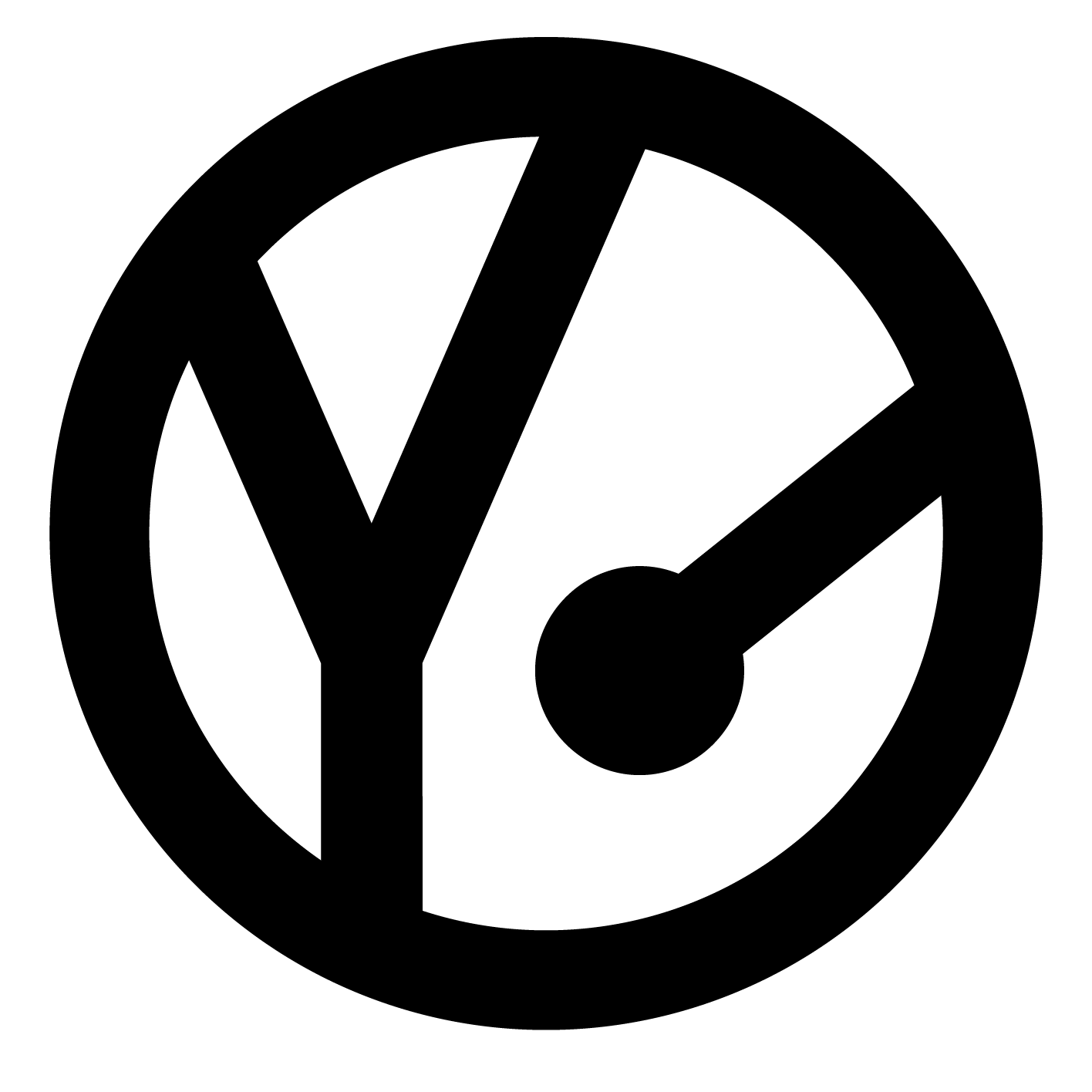
VR Kitchen for Kids
VR Physical & Digital Prototype (A-Frame, Ottifox, Plato)
SI 559 AR/VR Design Course Project

problem statement
Although the traditional education system has changed rapidly as technology advances, it’s still difficult to put cooking into children’s classroom.
Expensive
Larger space and purchasing kitchen equipment
Safety
recipes
Only limited recipes can be taught due to safety and other issues
Minors are not always aware of the danger of knives & fire



existing solutions
Currently, there’s no reliable way to support the learning of cooking outside of private kitchens and, at the same time, fulfill special needs for kids.

our solutions
A VR application helps children learn how to cook immersively, economically and safely.

VR Cooking simulation replicating the real-world cooking process
Numerous recipes to choose, not limited by any physical constraints


Safety tips will be given in sequence during the learning process
design process
user flow
Due to the scope of this project, we only discussed user flows for the key scenarios and designed for an MVP.


physical prototyping & testing
Paper, pencil, and clay were used for building a preliminary physical prototype simulating how our VR Kitchen would work. We conducted user tests with the help of the physical prototype mainly for testing the user flow and overall process.


Design Decisions
How to introduce the ingredients and tools needed for the selected recipe before cooking starts?
2D Solution: Show all required ingredients on a 2D interface right after the user chooses a recipe, where a confirmation is required to begin the cooking process.



3D Solution: After kids choose a recipe, put them in a warehouse-like environment (or in front of a fridge) and they can learn what the item is as they pick up different ingredients.
Based on the QOC analysis, we evaluated the pros and cons of both 2D and 3D solutions.
User Test & Physical Prototype Video
With the help of user test on the physical prototype, we were able to test and modify our overall user flow and finally, decided to go with the 2D solution and also embed the introduction of ingredients and tools into the cooking part. So when kids are making food, safety tips, as well as ingredient introduction, appears at the same time.
User Test & Physical Prototype Video
After the user testing of the physical prototype, we were able to fix some problems and made the user flow more smooth. Then we used A-Frame as well as Ottifox to build a digital prototype as shown below:


The take-aways
The VR digital prototyping project provided me with a great opportunity to touch on different VR prototyping tools and get more familiar with the prototyping process in the VR space.
Thanks to this experience, we learned how to implement interactions in VR with A-Frame, such as selecting items with gaze tracking, redirecting users to a different scene, creating 3D animations and showing/hiding texts or images. By playing around with A-Frame, we also realized how cursor direction (i.e., where user gazes at) and object positions can impact text readability, so we iterated our prototype and tried to make the texts easy-to-read.
On top of it, considering the limited time we have and the steep learning curve in A-Frame, I incorporated a GUI tool Ottifox to approach more difficult interaction that involves ingredient and tool movement, which ended up expediting our prototyping process a lot.
